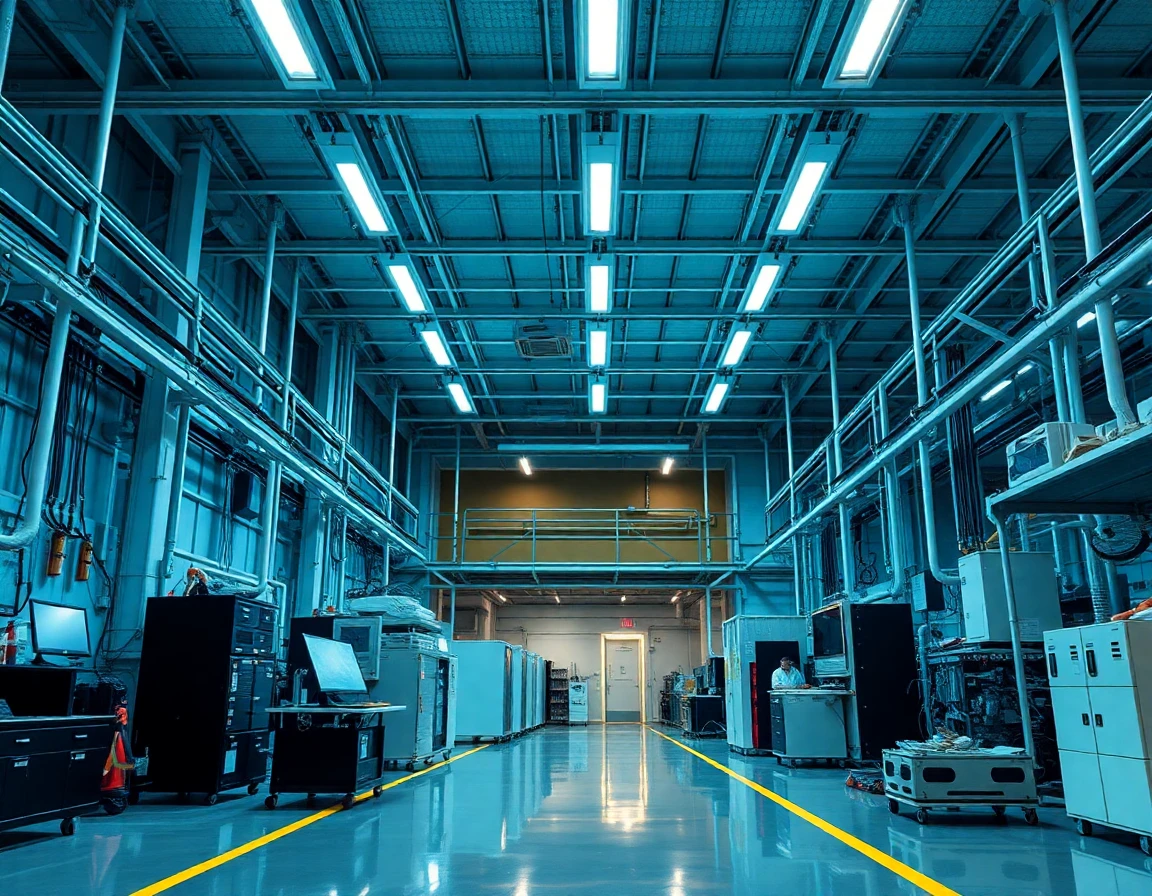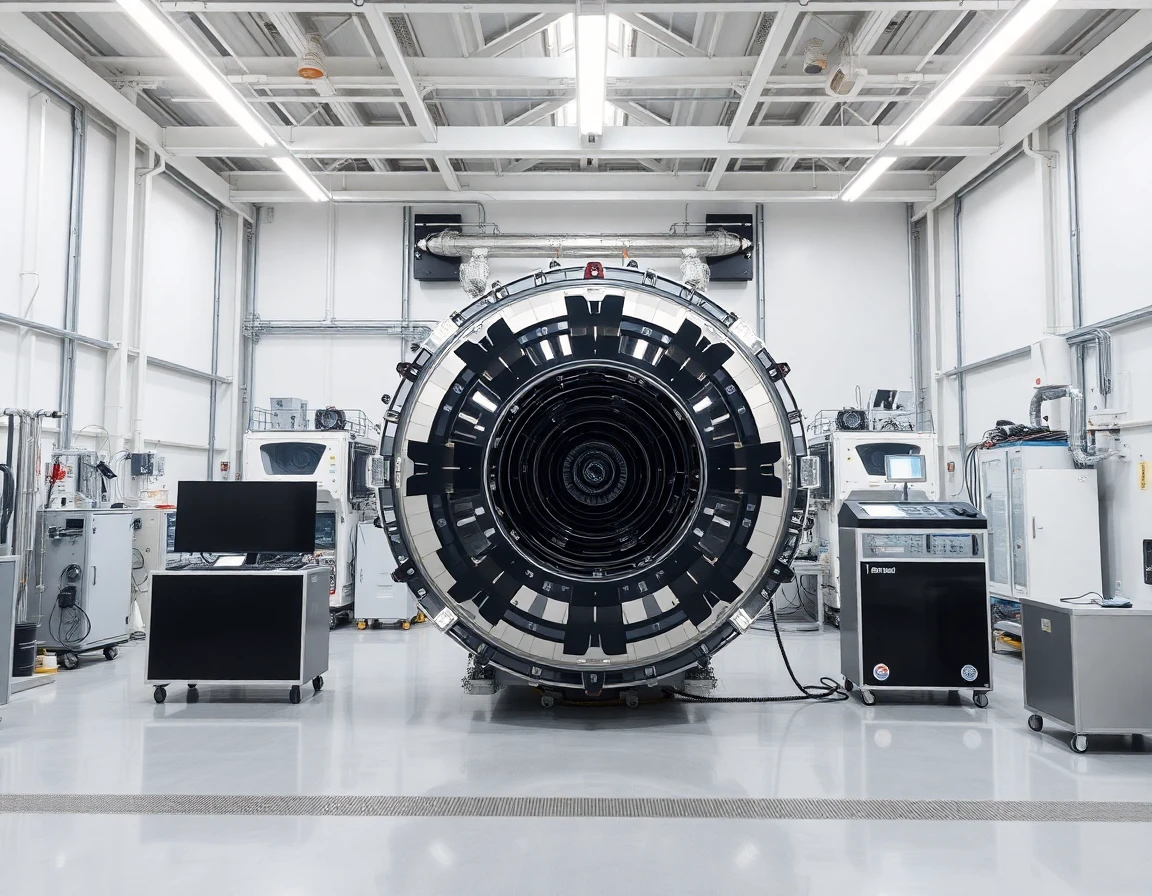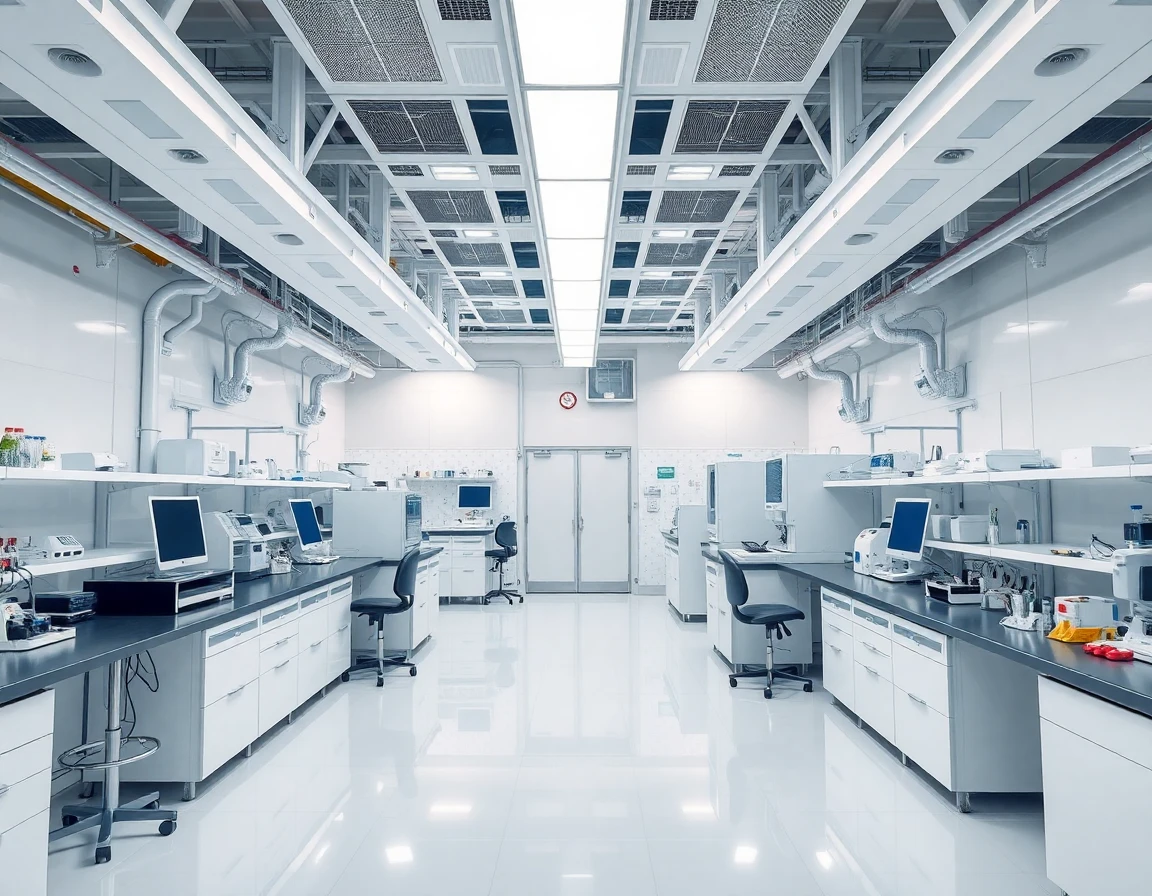As the International Space Station (ISS) approaches the end of its operational life, the private sector is stepping up to fill the void. The development of commercial space stations is not just an ambitious venture; it represents a significant shift in how humans will explore and utilize low Earth orbit (LEO) in the coming decades. With advancements in satellite communication and space technology, private companies are racing to establish facilities that promise to revolutionize space research, manufacturing, and tourism.
The Shift from Government to Private Sector
Historically, space exploration has been dominated by government entities like NASA. However, as the ISS nears its decommissioning, the need for sustainable commercial space operations has become apparent. According to recent reports from the National Aeronautics and Space Administration, the ISS is expected to cease operations by 2028, prompting a new wave of initiatives aimed at establishing commercial space stations.
“The transition from government-led missions to commercial space stations opens up opportunities for innovation and efficiency that we have never seen before,” says Dr. Elena Ramirez, a space policy analyst at the Space Foundation. “Private companies bring agility and responsiveness to the table, which is crucial as we look to the future of human presence in space.”
Key Players in the Commercial Space Station Market
Several companies are at the forefront of developing commercial space stations. Notably, Axiom Space, Blue Origin, and Sierra Nevada Corporation are spearheading efforts to create scalable, sustainable platforms for a variety of applications.
Axiom Space
Axiom Space plans to build the world’s first commercial space station, which will serve as a successor to the ISS. Their vision includes a modular design that allows for the integration of science, manufacturing, and tourism facilities. The first module is expected to launch in 2024, with additional modules following suit.
Blue Origin
Blue Origin’s Orbital Reef aims to create a mixed-use business park in space that can support research, manufacturing, and tourism. The company anticipates leveraging its New Glenn rocket to transport cargo and crew to the station, enhancing the accessibility of low Earth orbit.
Sierra Nevada Corporation
Sierra Nevada Corporation is focusing on its Dream Chaser spaceplane, which is designed to transport cargo and potentially crew to a commercial space station in the future. This vehicle emphasizes reusability and cost efficiency, critical factors for the sustainability of commercial space operations.
Technological Advancements Driving Innovation
The development of commercial space stations is underpinned by significant technological advancements. The integration of high-precision navigation systems is one such advancement that enhances the safety and reliability of space operations. Companies are increasingly employing inertial measurement units (IMUs) that combine gyroscopes and accelerometers to ensure precise maneuvering and positioning in orbit.
For example, high-reliability quartz MEMS IMUs are being utilized in various aerospace applications to enhance navigation capabilities in low Earth orbit. These advancements not only improve operational safety but also enable more complex scientific experiments and research missions.
Potential Impacts and Future Developments
The implications of having commercial space stations extend beyond scientific research. They represent a new frontier for economic growth, tourism, and international collaboration. Space tourism is projected to become a multi-billion dollar industry, with companies like SpaceX and Virgin Galactic leading the charge. Commercial space stations could serve as hotels or research hubs, attracting tourists and scientists alike.
Moreover, the presence of a thriving commercial space sector could foster international partnerships. Countries that traditionally have not participated in space exploration may find opportunities for collaboration with private companies, expanding the global reach of space science.
“The future of space exploration lies in partnerships between nations and the private sector. As commercial space stations come online, we will see a paradigm shift in how we think about human presence in space,” says Dr. Javier Morales, a researcher at the European Space Agency.
Conclusion: A New Era in Space Exploration
As the ISS approaches its end of life, the advent of commercial space stations signals a transformative era in space exploration. With private companies leading the charge, the potential for innovation, research, and even space tourism is immense. The integration of advanced technologies, including compact navigation systems and satellite communication solutions, will be pivotal in enhancing operational capabilities and safety.
As we look toward the next decade, the commercial space station will not only replace the ISS but also redefine humanity’s relationship with space, opening up possibilities that were once the realm of science fiction.
In this new landscape, the collaboration between government entities and commercial players will be crucial, as we embark on a journey to explore and utilize the final frontier like never before.



